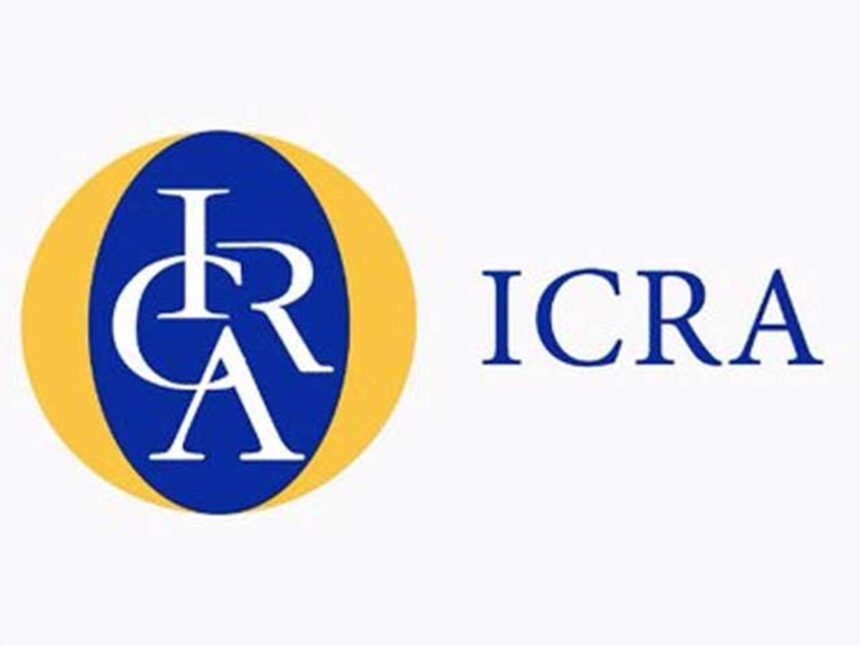January 9, 2024: The domestic paper industry is witnessing healthy demand for the printing and writing paper (PWP)segment, fueling the earnings growth for the sector to a large extent. With some moderation seen in the packaging paper segment, ICRA expects the paper industry’s volume growth to shrink to 2-5% in FY2024 from ~7% in FY2023. ICRA projects the industry revenues to contract by ~7-10% in FY2024 amid a sharp fall in realisations, followed by a rebound in FY2025 with an estimated growth of ~6-9%.
This industry witnessed a robust 42% revenue growth in FY2023, primarily driven by higher realisations, specifically in the PWP segment, which accounts for ~25% of the total demand. The realisation levels in packaging paper (over 60% of total demand) started falling from the second quarter of FY2023 with softening input prices and rising competition. The trend continued in the current fiscal as well, although some stabilisation has been seen from Q3 FY2024 onwards.
Commenting further, Mr. Suprio Banerjee, Vice President & Sector Head – Corporate Ratings, ICRA Limited, said: “The paper industry’s revenues are expected to contract in the range of ~7-10% in FY2024 amid a sharp correction in realisations, and a tepid 2-5% growth in volumes. However, the revenues shall rebound in FY2025 with an estimated growth of ~6-9%, aided by the commercialisation of the ongoing and incremental capacities (especially the packaging segment) and improving demand conditions for the packaging segment. The debt levels are expected to remain elevated in the near term, given the ongoing and upcoming debt-funded capex undertaken by a few companies for capacity expansion in the packaging segment. The paper industry is expected to increase its manufacturing capacity, and the capex is expected to remain in the range of 7-10% of the total sales. The credit metrics are likely to improve from FY2025, driven by the returns expected from the commercialisation of incremental packaging paper capacities.”
The cost structure for the industry is dominated by raw materials (mainly wood pulp/wastepaper) and energy costs. Given the significant power consumption in the entire manufacturing process, the captive power generation facilities set up to meet the power requirements remain a key determinant for the profitability of a mill. The operating and net margins were ~24% and 13%, respectively, in FY2023 and is estimated to contract by 100-300 bps in FY2024. The margins remained healthy in H1 FY2024 for the PWP segment and shall contract in H2 FY2024 due to falling realisations. The margins for the packaging segment witnessed some pressure in H1 FY2024 on a YoY basis due to softening realisations, given the competition from imports as well as falling input prices. Some stabilisation was, however, seen from mid-Q3 FY2024. Within the packaging paper segment, Kraft paper was the most impacted, which being a relatively commoditised segment, is exposed to the sharp movements in raw material prices. The overall EBITDA/tonne for the industry reached its peak levels in FY2023 and will moderate in FY2024 with the correction in realisations levels.
The long-term demand outlook for paper in the domestic market remains favourable, given the low domestic per-capita usage compared to the global standards. The adoption of the New Education Policy (NEP) is likely to boost the demand for PWP, with increasing penetration of specialised and conventional packaging in sectors like FMCG, healthcare, e-commerce, pharmaceuticals, and consumer industries pushing demand. Other key demand factors will include a focus on innovative and attractive packaging and the shift from plastic to paper-based packaging in the FMCG and food & food product sectors. Challenges, however, will remain in the form of rising digitisation, which poses long-term threat to the PWP segment. A stable supply of wood pulp from sustainable sources and reliable and cost-effective energy supplies are the other challenges.
“The paper manufacturing industry is exposed to the environmental risks of air, land, and water pollution, as discarded paper and paperboard make up a sizeable portion of solid municipal waste. Higher-than-permissible emissions could also have cost implications for the entities. Also, water treatment is extremely important because the pulping and bleaching process can release complex organic and inorganic pollutants that need to be properly treated. Further, being a labour-intensive segment, entities operating in the paper industry are exposed to social risks related to the health, safety, and the overall quality of work-life balance for the workers as well.” Mr. Banerjee added.






